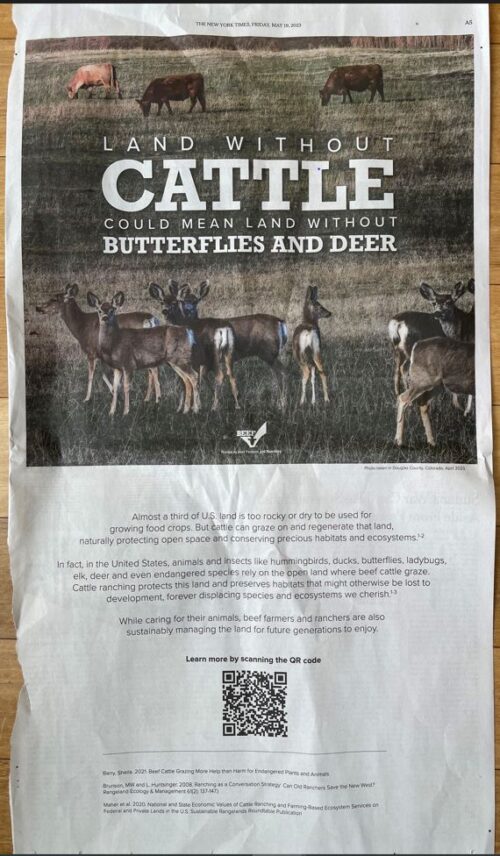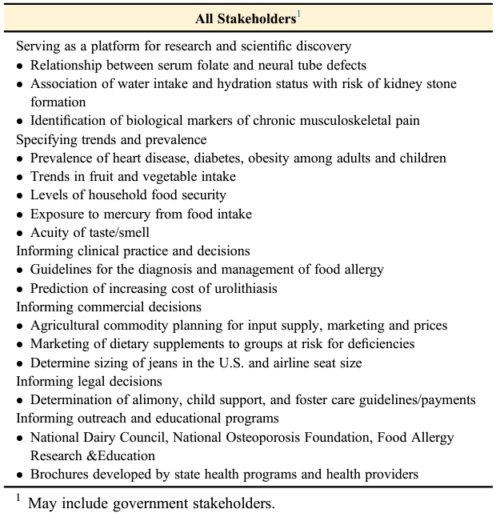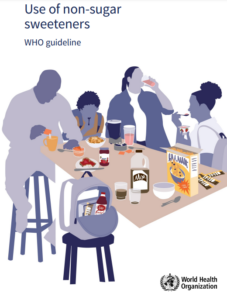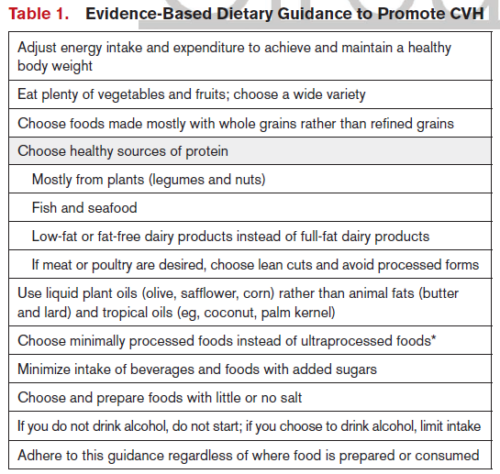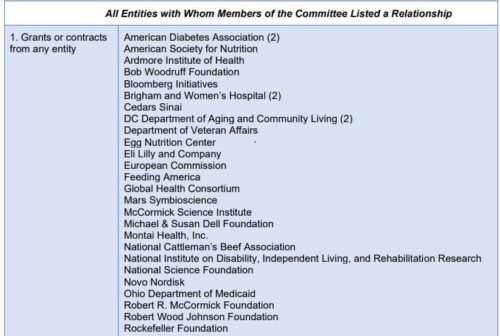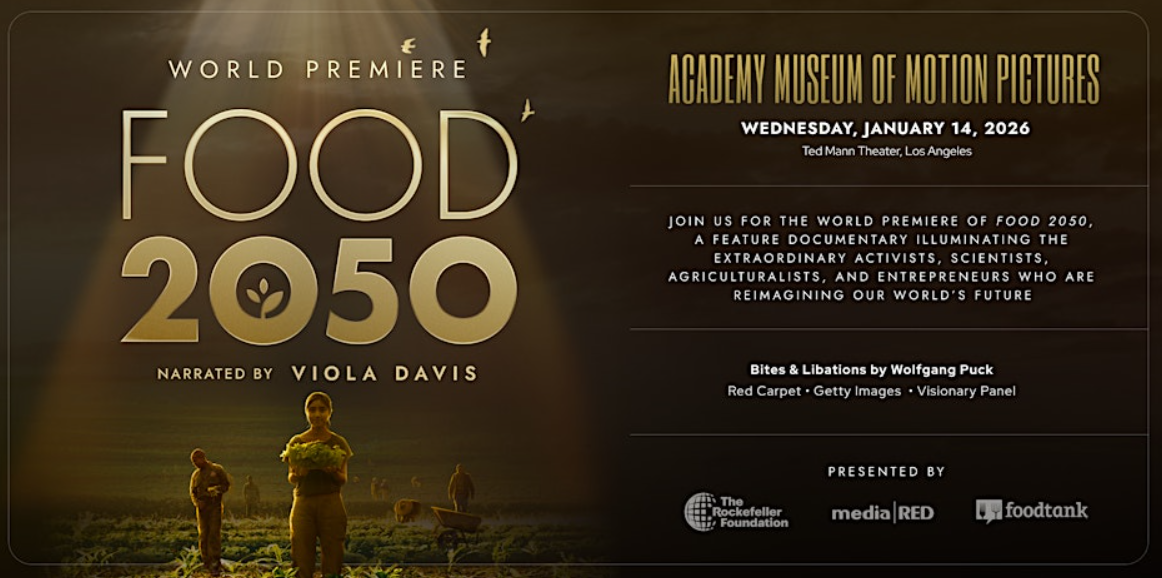Catching up on the latest plant-based options
There’s a lot of new product development going on in the plant-forward arena: chocolate, cheese, and anything else you can think of.
Which of these products will survive? You get to decide that one.
-
- Hershey debuts plant-based Reese’s and chocolate bar: The confections, which will hit shelves in March and April, are made with oats. This will be the first time the company offers permanent products in the category.<
- Inside Lovo’s quest to rethink plant-based milk chocolate: The new brand from the founders of Pascha makes almond, oat, coconut and hazelnut milk the star ingredients, leaning into what consumers love about the popular alternatives.
- ‘We were told this was impossible’: Meet FÆRM, the start-up that plans to revolutionize plant-based cheese: The Danish company says it’s among the first to successfully adapt traditional cheesemaking techniques in the manufacture of plant-based cheese. Now, FÆRM has joined the Venture Lab accelerator program in a bid to commercialize its patented technology…. Read more
- Cargill embraces ‘smarter’ fats to perk up plant-based options in Europe: The ingredients supplier has joined forces with Spanish food tech start-up Cubiq Foods aimed at accelerating healthier, more sustainable and better-tasting plant-based food solutions…. Read more
- Dairy alternatives: “We have to be realistic about the growth outlook,” warns Rabobank analyst: The plant-based dairy market may be reaching maturity while the cell-based and precision fermentation dairy segments are just getting started…. Read more
- 23 New Plant-Based Foods Coming to Market in 2023: Even if they don’t go fully vegan or vegetarian, research indicates a growing number of people are adding more plant-based foods to their diet.
- 14 Best Vegan Products to Try in 2023: Vegans these days have it easy thanks to the brave souls that paved the way before us: Early vegans drank rice milk and ate soy patties so that we could enjoy JUST Eggs and Impossible burgers. There’s a new wave of veganism and consumers have put out a cry for tastier options.

